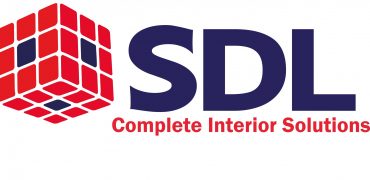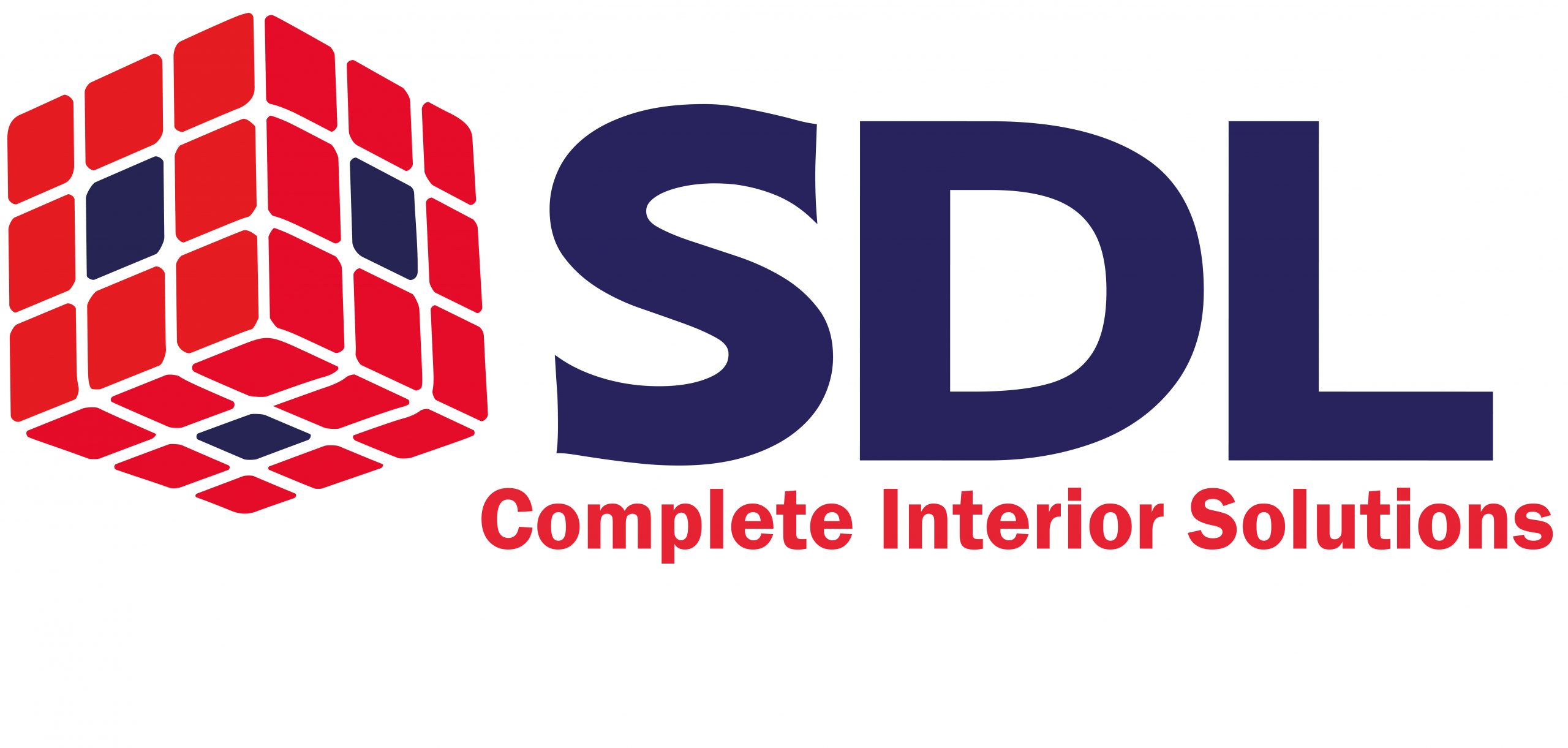our expertise
What We Do
SDL’s team can deliver a complete package, or provide dedicated specialist support for an interior construction project.
Standard Partitions
-
For both commercial and domestic partitions
-
Versatile systems to meet nearly every performance requirement.
-
Minimum amount of components
These systems can utilise the entire range of boards, including wallboard, moisture board, sound shield, fire shield,and dense shield, depending on the performance required. The boards are fixed onto a lightweight metal stud. C stud partitions provide the simplest and most economical system, whilst I stud partitions should be used when a more rigid partition is required, without increasing the overall thickness.
Shaft Wall & Firefighting Shaft Wall
Shaft wall & firefighting shaft wall is a versatile system for forming enclosures around service shafts and lift shafts.
For enclosure of lift of service shafts
Up to 2 hours of fire resistance.
A fire and moisture-resistant inner lining of coreboard allows the shaft enclosure to be constructed prior to the building being weather sealed. Shaftwall is used because it is highly durable and is able to withstand the effects of impact and water, to which it would be subjected during a fire, without losing its integrity or fire resistance. This means fire crews maintain protected access to all floors within the buildings
Metal Furring Linings
Metal Furring linings can be used for most masonry backgrounds depending on the condition:
Where the background is uneven and not suitable for direct bonding
Where foil backed boards are used for the lining
Where insulation is not required within the wall lining void
Where only shallow service runs are required to be accommodated within the lining void
For a stand-off of 20-35 mm
The system can be applied to the majority of all common masonry substrates. Pre-treatment of the background may be needed, depending on the background condition and the fixing method adopted. Any deleterious deposits, such as mold, oil, or grease, must be removed.
Wall Liner Linings
Wall liner linings may be specified with confidence for application to most masonry backgrounds depending on the condition.
Where a variable stand-off clearance is required between lining and background of between 17 and 125mm
Where the background is out true.
Where insulation is required within the wall lining void.
Where deep service runs are required to be accommodated within the lining void.
This system can utilize the entire range of boards available depending on the performance requirements. The boards are fixed onto a lightweight metal framework of channels fixed to brackets fixed to the background. This makes it capable to override substantial irregularities in the background. The lining void facilitates the introduction of thermal or acoustic insulation and provides containment for service runs. The system can be applied to the majority of all common building substrates.
Independent I stud wall linings
Independent I stud wall linings may be used where the background is not suitable to receive other types of lining. Where the wall lining is required to be completely independent of an adjacent wall structure
For measured fire resistance
Where insulation is required within the wall lining void
Where substantial service runs and ducts are required to be accommodated within the lining void.
This system can accommodate the entire range of plasterboards depending on the performance required. The boards are fixed onto a lightweight metal framework of I studs and U channels.
Direct to Timber Ceilings
Direct to timber ceilings is the method for attaching plasterboard to the underside of timber floor joists and roof trusses. This system is widely used to line new ceilings or existing ceilings and can incorporate any type of plasterboard to maintain the performance required.
MF Ceiling System
The MF Ceiling system can accept some degree of loading and is the more traditional form of application. This system can utilise one or more layers of the entire range of plasterboards depending on the performance required. The boards are fixed onto a lightweight metal framework of primary channels, MF ceiling channels, and perimeter channels. The lightweight galvanized grid is suspended by either strap hangers or angle sections fixed to the structural soffit with soffit cleats.
Suspended Ceilings
Suspended Ceilings can be installed to the majority of all applications to create personalised ceilings and meet technical requirements such as acoustics, moisture, hygiene and fire. This system can utilise many different styles, colours and textures of tiles.
Where access to the ceiling void is required.
Where an acoustic absorption performance is required.
Where hygiene is a key criterion.
Where no decorating is possible.
The tiles are placed in a galvanised steel grid system hung from the structural soffit by either wire or angle sections.
Drywall Framed Encasements
Drywall Framed encasements are suitable for encasements of columns, beams and other structural steelwork. Up to two hours fire protection is achievable and it enables the exclusive use of fire shield boards throughout the building to make direct decoration quick and easy. Framed encasements utilise fire shields or moisture shields fixed onto a lightweight metal framework of C channels connected to the structural steelwork with fixing clips.
Direct Bonding
Direct Bonding may be specified with confidence for application to most masonry backgrounds depending on the condition.
When minimum cost and simplicity of application are required
Where the background is plumb, dry, and sound
For a stand-off of 10-25mm.
This system utilises one layer of plasterboard or insulating laminate boards. These boards are fixed with a bonding compound in a regular pattern known as dot & dab, allowing the boards to be fixed with minimum projection. The system allows overriding nominal irregularities in the background and will accommodate shallow service runs within the lining void.
Tape and Jointing
The tape and jointing system is used for the seamless jointing of tapered edge boards to walls and ceilings. Jointing of all flat, internal and external corner joints is achieved with the application of two coats of joint filler and one coat of joint cement to leave a smooth finish ready for decoration. This means faster setting and drying times, obviously permitting quicker decoration. Only a small amount of material is required on-site compared to wet plaster.

Office Layouts
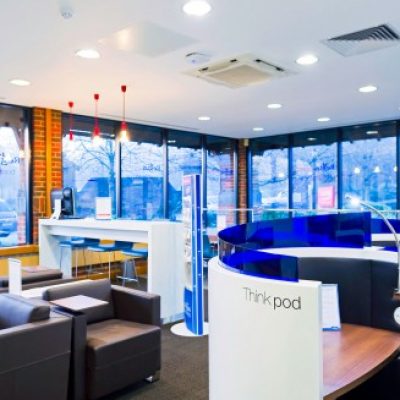
At SDL we focus on meeting your needs, to ensure your business can operate efficiently in premises that suit your business requirements.
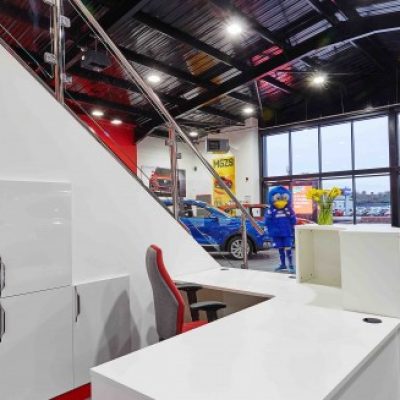
We offer a part or complete interior fit-out service - why engage numerous subcontractors, when you can achieve a complete package from one point of responsibility at SDL, saving valuable time and resources.
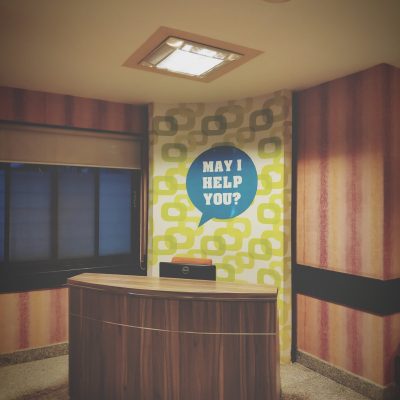
Reception Areas
The Process
Working with the Client

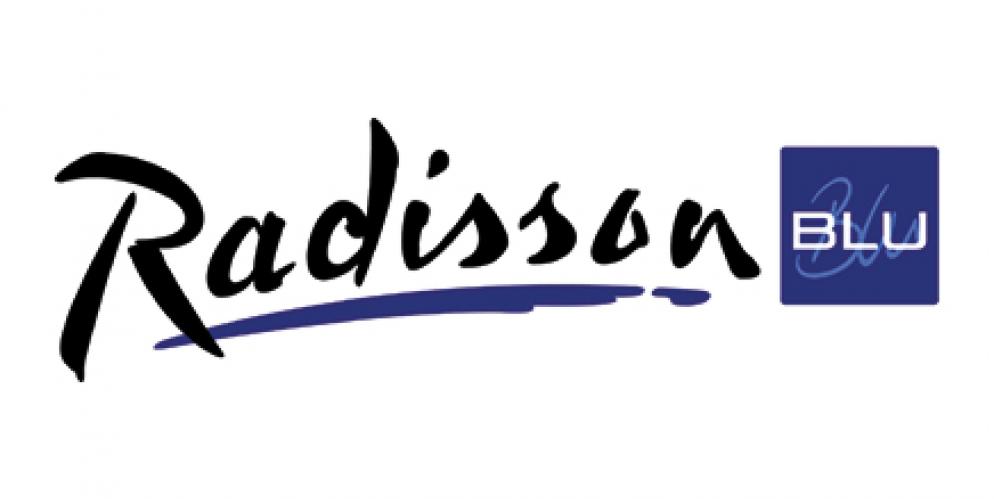

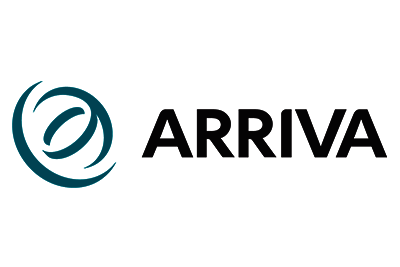
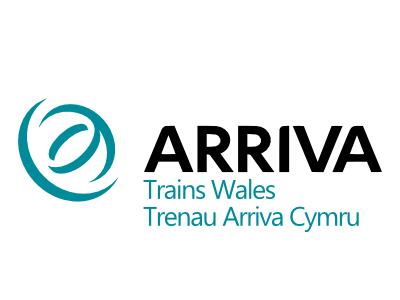

We frequently start with a client at the design stage, where a need for additional facilities has been identified. This could be the acquisition of new premises, a company move within a building or business park, or the creation of a new division – see our case studies for a hint of the variety of projects we cover.
